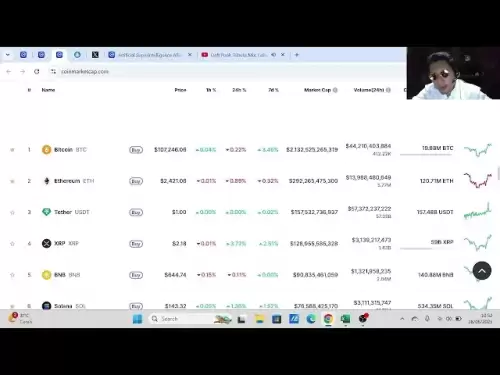-
 Bitcoin
Bitcoin $107,352.1067
0.28% -
 Ethereum
Ethereum $2,429.3531
-0.90% -
 Tether USDt
Tether USDt $1.0001
-0.02% -
 XRP
XRP $2.1894
4.62% -
 BNB
BNB $646.7968
0.36% -
 Solana
Solana $147.4290
4.03% -
 USDC
USDC $0.9998
-0.02% -
 TRON
TRON $0.2756
1.52% -
 Dogecoin
Dogecoin $0.1630
1.14% -
 Cardano
Cardano $0.5612
1.18% -
 Hyperliquid
Hyperliquid $37.0580
-0.05% -
 Bitcoin Cash
Bitcoin Cash $496.9410
-0.09% -
 Sui
Sui $2.7318
3.19% -
 Chainlink
Chainlink $13.1503
0.58% -
 UNUS SED LEO
UNUS SED LEO $9.0766
0.55% -
 Avalanche
Avalanche $17.7220
1.46% -
 Stellar
Stellar $0.2380
1.52% -
 Toncoin
Toncoin $2.8439
0.38% -
 Shiba Inu
Shiba Inu $0.0...01143
1.84% -
 Litecoin
Litecoin $85.8053
1.47% -
 Hedera
Hedera $0.1483
2.70% -
 Monero
Monero $314.3240
2.12% -
 Bitget Token
Bitget Token $4.6725
0.77% -
 Dai
Dai $1.0000
0.00% -
 Polkadot
Polkadot $3.3555
1.28% -
 Ethena USDe
Ethena USDe $1.0001
0.02% -
 Uniswap
Uniswap $7.0890
2.64% -
 Pi
Pi $0.5355
-3.40% -
 Pepe
Pepe $0.0...09393
1.06% -
 Aave
Aave $256.8136
-1.90%
How to calculate Poloniex contract fees
Traders must calculate Poloniex contract fees by factoring in maker/taker fees, funding fees, and trading volume discounts, which vary based on the contract type and market conditions.
Nov 25, 2024 at 01:11 pm

How to Calculate Poloniex Contract Fees
Understanding Poloniex Contract Fees
Poloniex offers perpetual contracts with varying fee structures based on the contract type, leverage, market condition, and trading volume. Traders must carefully consider these fees to optimize their trading strategies.
Types of Poloniex Contract Fees
Four main types of fees are associated with Poloniex contracts:
- Maker Fees: Charged when an order creates liquidity by adding to the order book.
- Taker Fees: Charged when an order removes liquidity by matching with an existing order in the order book.
- Funding Fees: Recurring charges or payments to maintain the balance between long and short positions.
- Withdrawal Fees: Fees incurred when withdrawing funds from the Poloniex account.
Calculating Poloniex Contract Fees
The fee structure varies depending on the specific contract. To calculate the applicable fees, follow these steps:
1. Determine Contract Type
Identify the type of contract being traded, such as USDT-M USD (USDT perpetual futures margined in USD) or BTC-M USD (BTC perpetual futures margined in USD).
2. Check Fee Schedule
Visit the Poloniex website and locate the fee schedule for the relevant contract. The schedule will provide the fee rates for both maker and taker orders across different tiers based on trading volume.
3. Calculate Fee Based on Tier
The number of contracts traded within a specific time period determines the applicable trading tier. Use this information to find the corresponding maker and taker fee rates.
4. Determine Funding Rate
For perpetual futures contracts, funding rates are determined based on the market conditions and the difference between the contract price and the index price. If the contract price is higher than the index price, long positions pay funding to short positions, and vice versa. To calculate the funding rate, follow these steps:
a. Get the Mark Price: It represents the fair value of the contract and is usually close to the index price.
b. Get the Index Price: It represents the price of the underlying asset for which the contract is based on.
c. Check the Funding Rate Schedule: This schedule provides the funding rate for different intervals (e.g., every 8 hours).
d. Calculate the Funding Fee: Use this formula: Funding Fee = Funding Rate Mark Price Notional Value * Funding Interval.
5. Factor in Taker Fees
If the order removes liquidity from the order book, a taker fee is applicable. Add this fee to the maker fee to determine the total trading cost.
6. Calculate Overall Fees
The overall fees for a trade consist of the maker fee, taker fee (if applicable), and funding fee (for perpetual futures).
7. Consider Discount Rates
Poloniex offers volume discounts for traders with higher trading volume. The fee schedules provide tiered fee rates based on the trading volume level. Traders with higher trading volume benefit from lower fees.
Example Calculation
For a BTC-M USD contract (10x leverage) with 10 contracts traded in the last 24 hours, the fee schedule indicates the following:
- Maker Fee: Tier 1 (0.02% or 0.0002)
- Taker Fee: Tier 2 (0.03% or 0.0003)
In this case, the calculation would be:
- Maker Fee (for adding 10 contracts): 10 * 0.0002 = 0.002 BTC
- Taker Fee (if removing liquidity): 10 * 0.0003 = 0.003 BTC
- Overall Fees (without funding fee): 0.005 BTC
Conclusion
By carefully considering the fee structure and following the outlined steps, traders can accurately calculate the trading fees associated with Poloniex contracts. This information empowers traders to optimize their trading strategies and manage their trading costs effectively.
Disclaimer:info@kdj.com
The information provided is not trading advice. kdj.com does not assume any responsibility for any investments made based on the information provided in this article. Cryptocurrencies are highly volatile and it is highly recommended that you invest with caution after thorough research!
If you believe that the content used on this website infringes your copyright, please contact us immediately (info@kdj.com) and we will delete it promptly.
- Crypto's First Principles: Are Returns Still Rooted in Fairness?
- 2025-06-28 22:30:12
- Kaspa (KAS) Price Prediction 2025: Will It Hit $1?
- 2025-06-28 22:50:12
- A16Z Dumps $COMP on Coinbase: Liquidation or Rebalancing?
- 2025-06-28 22:30:12
- KraneShares, Coinbase, and Digital Assets: A New Era for Institutional Crypto?
- 2025-06-28 23:07:14
- Bitcoin Solaris: Mobile Mining Revolution & Beyond!
- 2025-06-28 22:35:13
- Bitcoin, Post-Dollar, and US Preparation: A New Digital Gold Standard?
- 2025-06-28 22:52:13
Related knowledge
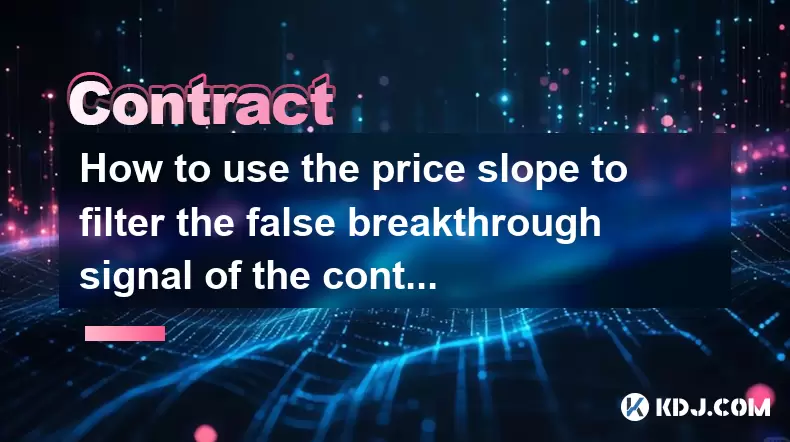
How to use the price slope to filter the false breakthrough signal of the contract?
Jun 20,2025 at 06:56pm
Understanding the Concept of Price Slope in Contract TradingIn contract trading, especially within cryptocurrency derivatives markets, price slope refers to the rate at which the price changes over a specific time period. It helps traders assess the strength and sustainability of a trend. A steep slope may indicate strong momentum, while a shallow slope...
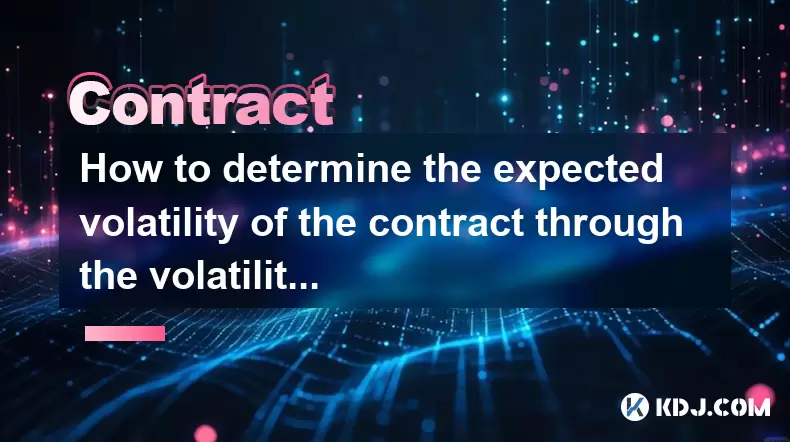
How to determine the expected volatility of the contract through the volatility cone?
Jun 19,2025 at 12:28pm
Understanding the Basics of Volatility in Cryptocurrency ContractsIn the realm of cryptocurrency trading, volatility is a key metric that traders use to assess potential risk and reward. When dealing with futures contracts, understanding how volatile an asset might become over time is crucial for position sizing, risk management, and strategy developmen...
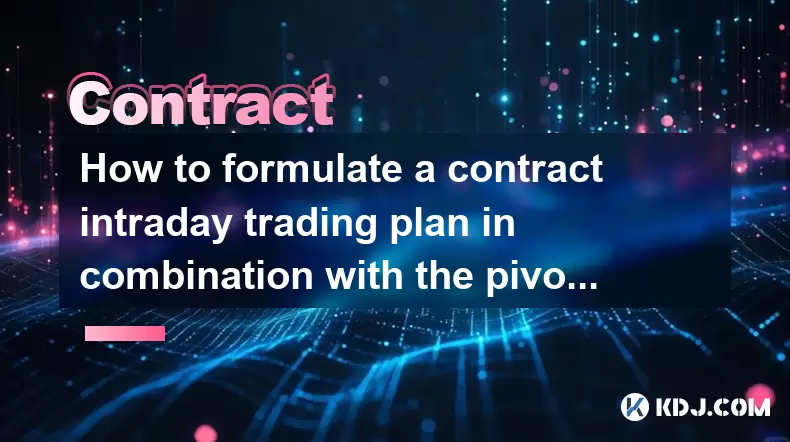
How to formulate a contract intraday trading plan in combination with the pivot point system?
Jun 21,2025 at 03:42pm
Understanding the Basics of Pivot Points in Cryptocurrency TradingPivot points are technical analysis tools used by traders to identify potential support and resistance levels. These levels are calculated using the previous day's high, low, and closing prices. In the context of cryptocurrency trading, where markets operate 24/7, pivot points help trader...
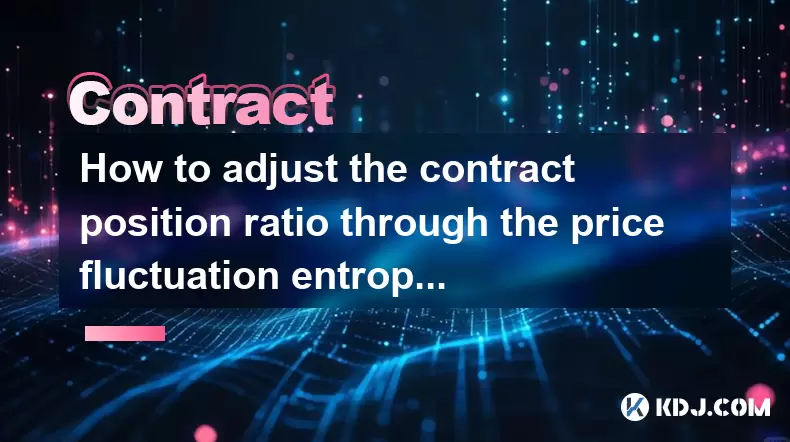
How to adjust the contract position ratio through the price fluctuation entropy?
Jun 22,2025 at 11:42am
Understanding Price Fluctuation Entropy in Cryptocurrency ContractsIn the world of cryptocurrency futures trading, price fluctuation entropy is a relatively new concept used to measure market volatility and uncertainty. It derives from information theory, where entropy refers to the degree of randomness or unpredictability in a system. In crypto contrac...
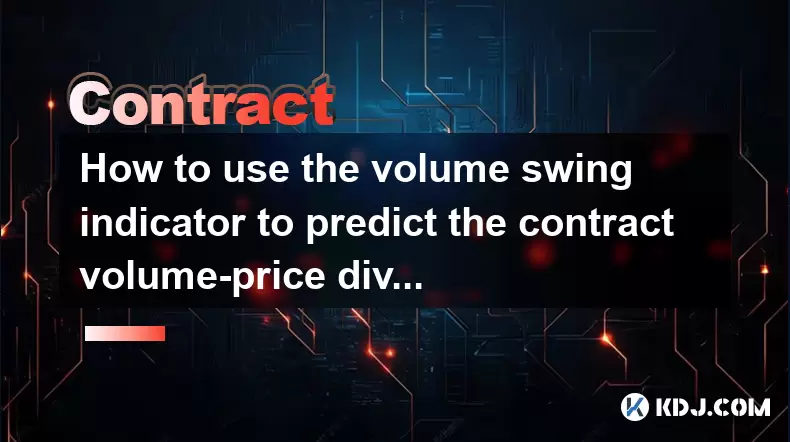
How to use the volume swing indicator to predict the contract volume-price divergence?
Jun 18,2025 at 11:42pm
Understanding the Volume Swing IndicatorThe volume swing indicator is a technical analysis tool used primarily in cryptocurrency trading to evaluate changes in volume over time. Unlike price-based indicators, this metric focuses solely on trading volume, which can provide early signals about potential market reversals or continuations. The key idea behi...
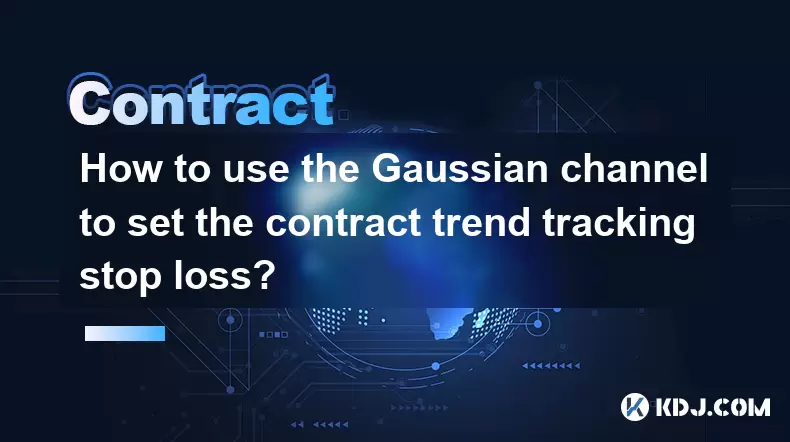
How to use the Gaussian channel to set the contract trend tracking stop loss?
Jun 18,2025 at 09:21pm
Understanding the Gaussian Channel in Cryptocurrency TradingThe Gaussian channel is a technical indicator used primarily in financial markets, including cryptocurrency trading, to identify trends and potential reversal points. It is based on statistical principles derived from the normal distribution, commonly known as the Gaussian distribution or bell ...

How to use the price slope to filter the false breakthrough signal of the contract?
Jun 20,2025 at 06:56pm
Understanding the Concept of Price Slope in Contract TradingIn contract trading, especially within cryptocurrency derivatives markets, price slope refers to the rate at which the price changes over a specific time period. It helps traders assess the strength and sustainability of a trend. A steep slope may indicate strong momentum, while a shallow slope...

How to determine the expected volatility of the contract through the volatility cone?
Jun 19,2025 at 12:28pm
Understanding the Basics of Volatility in Cryptocurrency ContractsIn the realm of cryptocurrency trading, volatility is a key metric that traders use to assess potential risk and reward. When dealing with futures contracts, understanding how volatile an asset might become over time is crucial for position sizing, risk management, and strategy developmen...

How to formulate a contract intraday trading plan in combination with the pivot point system?
Jun 21,2025 at 03:42pm
Understanding the Basics of Pivot Points in Cryptocurrency TradingPivot points are technical analysis tools used by traders to identify potential support and resistance levels. These levels are calculated using the previous day's high, low, and closing prices. In the context of cryptocurrency trading, where markets operate 24/7, pivot points help trader...

How to adjust the contract position ratio through the price fluctuation entropy?
Jun 22,2025 at 11:42am
Understanding Price Fluctuation Entropy in Cryptocurrency ContractsIn the world of cryptocurrency futures trading, price fluctuation entropy is a relatively new concept used to measure market volatility and uncertainty. It derives from information theory, where entropy refers to the degree of randomness or unpredictability in a system. In crypto contrac...

How to use the volume swing indicator to predict the contract volume-price divergence?
Jun 18,2025 at 11:42pm
Understanding the Volume Swing IndicatorThe volume swing indicator is a technical analysis tool used primarily in cryptocurrency trading to evaluate changes in volume over time. Unlike price-based indicators, this metric focuses solely on trading volume, which can provide early signals about potential market reversals or continuations. The key idea behi...

How to use the Gaussian channel to set the contract trend tracking stop loss?
Jun 18,2025 at 09:21pm
Understanding the Gaussian Channel in Cryptocurrency TradingThe Gaussian channel is a technical indicator used primarily in financial markets, including cryptocurrency trading, to identify trends and potential reversal points. It is based on statistical principles derived from the normal distribution, commonly known as the Gaussian distribution or bell ...
See all articles























